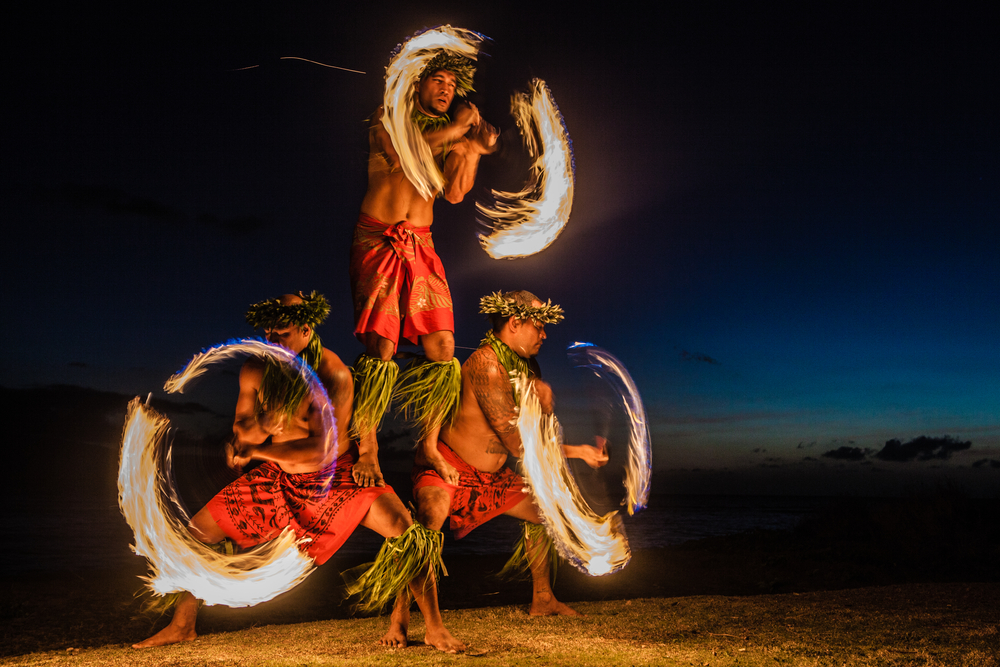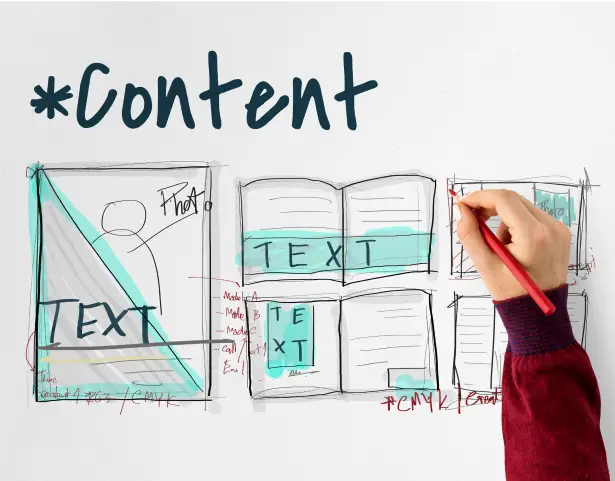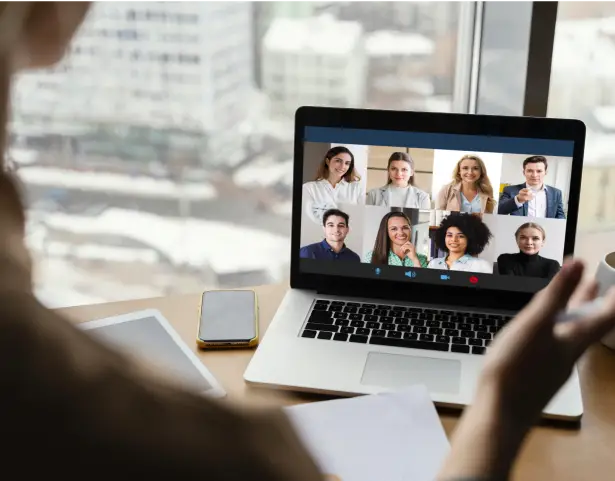
Since the beginning of the pandemic, Maui residents had their tropical oasis virtually to themselves.
Then suddenly the visitors all came flooding back.
“Over-tourism” has long been a complaint of locals on the Hawaiian island that is among the world’s most popular getaways: congested roads, crowded beaches, packed restaurants.
However, as the United States begins to recover from the pandemic, Maui is experiencing some of the same strains as the rest of the country, such as a shortage of hospitality workers. And its restaurants, which are still operating at capacity, are struggling to keep up.
In recent months, the Hawaiian island of Maui has become so overrun with tourists that its mayor has taken the unusual step of pleading with airlines to fly in fewer people.
As mainlanders return in droves, Maui officials are making an unusual request of airlines: Please don't bring so many people to our island.
“We don’t have the authority to say stop, but we are asking the powers to be to help us,” Mayor Michael Victorino said at a recent news conference.
Hawaii has had some of the most stringent coronavirus public health restrictions in the country, and it's the only state that hasn't fully reopened, owing to its remote location and limited hospitals. The memory of diseases that wiped out 80% of the Native Hawaiian population in the century after Europeans arrived is also fresh in people's minds.
The governor does not intend to lift all restrictions until 70% of the state's population has been immunised. As of Friday, 58% of them were.
Nonetheless, Hawaii has become an appealing destination as other states relax regulations, particularly because some international travel remains restricted. And Maui is a popular destination for vacationers from the United States mainland, where the rate of Covid-19 vaccinations has been rapid.
The Hawaii Tourism Authority reported that 215,148 visitors visited the island in May, compared to just 1054 in the same month last year when tourism virtually ceased due to Covid-19 fears and Hawaii's requirement that visitors quarantine upon arrival. That is not far off from the 251,665 visitors who arrived in May 2019.
Even more are expected over the July 4 holiday weekend, with the Maui Visitors Bureau anticipating arrivals will at least equal 2019 levels.
Restaurants, which are operating at 50 per cent capacity, are feeling the crunch.
“We’re under more pressure than we’ve been in pre-Covid, that’s for damn sure,” said Jack Starr, who manages Kimo’s in Lahaina, which has a reservation waitlist almost two months out.
Eateries will be allowed to start filling 75 per cent of their seats later this week, but Starr says the employee shortage and a 6-foot (2-metre) distancing requirement for tables leave their hands tied.
“Are you kidding me?” he said. “You got to take that down to 3 feet, and we might have something going here.”
Three waterfalls by the Hana Highway near Hana, Hawaii. Maui is a favourite spot for vacationers from the US mainland.,
The mayor also mentioned illegal parking on Maui's famed Hana Highway, a two-lane country road that winds its way along the island's lush northern coast, with the ocean on one side and breathtaking valleys and waterfalls on the other. Tourists stop to take pictures, clogging the road and raising concerns about what would happen if a fire truck or ambulance couldn't pass.
According to Victorino, Maui's main airport in Kahului is also overcrowded, and its emergency services are taxed.
“It’s the airlift that really drives all of this,” he said, using an airline industry term for transporting people and cargo. “Without airlift, people don’t come.”
Victorino stated that he has asked airlines to voluntarily limit seats to Maui, but he did not specify which airlines he spoke with. The companies are under no obligation to do what he requests, and it is unclear whether any will.
Hawaiian Airlines spokesman Alex Da Silva stated that the company, as “Hawaii's hometown airline,” is aware of the strain the rebound in arrivals has placed on infrastructure, natural resources, and communities. However, he also stated that visitors are the driving force behind the state's economic recovery.
He stated that Hawaiian Airlines is eager to continue working with the mayor and other leaders to find solutions.
Alaska Airlines reported that it is operating an average of ten daily flights to Maui from the United States' West Coast, which is similar to the number of flights it operated in the summer of 2019. According to the company, it understands residents' concerns and recently met with the mayor and council members to discuss how they can "work together on responsibly rebuilding Maui's tourism industry and economy."
Not everyone believes that reducing airline travel is the solution.
Mufi Hannemann, president of the Hawaii Lodging and Tourism Association, expressed concern that the mayor's request sends a mixed message at a time when both the tourism industry and the overall economy are struggling.
Not everyone thinks curbing airline travel is the answer.
"People are still unemployed. And businesses are still struggling," he said.
Over tourism, according to Maui County Council member Kelly King, is the problem. She emphasised that according to Maui's community plan, the average daily census of visitors should not exceed 33% of the island's 150,000 residents. However, that figure is currently in the range of 42% to 45%.
She said the mayor's request to airlines is a good start, but she wants the county to pass a bill she sponsored that would put a moratorium on new hotel construction in the island's most popular tourist areas, south and west Maui.
According to the Hawaii Tourism Authority, 215,148 visitors visited the island in May, up from 1054 in the same month last year.
King argued the pandemic underscored the risks of overly relying on tourism to power the economy, noting Maui’s 34 per cent unemployment rate led the nation after travel screeched to a halt. It has since improved to 10.4 per cent but is still far above the pre-pandemic level of 2.1 per cent.
City Council member Yuki Lei Sugimura said residents are frustrated but appreciate travellers.
“The visitor – they are our No. 1 economic driver. They create jobs. So, they are very important to us. But people are saying we want to have a balance,” she said.
In the meantime, many businesses are labouring under stressful conditions, said Aman Kheiri of Lahaina's Sea House Restaurant.
“We are experiencing hostile guests, mostly tourists who are fed up with the regulations and a lack of restaurant reservations,” Kheiri said. “The question is, how can we accommodate the consistently increasing numbers of tourists arriving daily?"




















